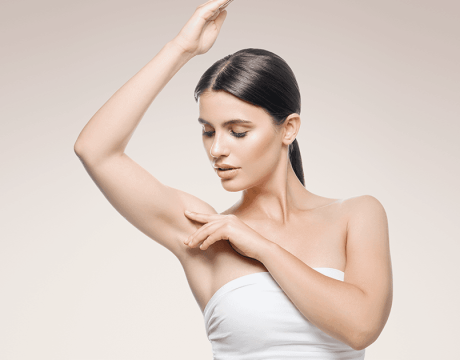How Pico Laser Delivers Visible Results to Treat Birthmarks and Dark Spots
Pico laser revolutionizes treatment for birthmarks and dark spots through ultra-short photomechanical pulses that safely break melanin, reduce pigmentation, smooth skin, and boost collagen—delivering faster, safer, and more effective results across various pigmentation types with minimal downtime.













